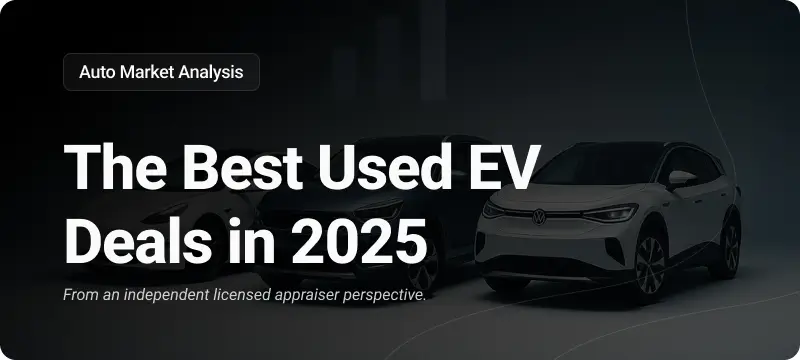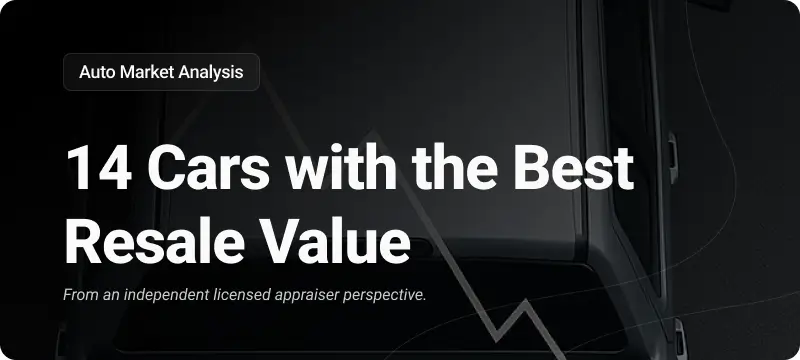In the ever-evolving automotive market, understanding how to maximize your car’s trade-in value is crucial. Recent trends have shown a significant shift in trade-ins and negative equity, as reported by Edmunds. Let’s explore strategies to enhance your vehicle’s trade-in value in light of these market dynamics.

Steps to Improve Your Car’s Trade-In Value (PDF)
Understanding the Market Shift
Recent data indicates a decrease in the number of negative-equity trade-ins but an increase in the amount of negative equity. This highlights the importance of being strategic about your car trade-in to avoid falling into the negative equity trap.
Analysis of Trade-In Data
Analyzing trade-in data helps in formulating strategies to improve trade-in value:
New Vehicle Trade-Ins (October Data from 2019-2023)
| Year | % Deals with Trade | % Trades with Negative Equity | Average Negative Equity |
|---|---|---|---|
| 2019 | 47% | 34% | -$5,505 |
| 2020 | 50% | 32% | -$4,933 |
| 2021 | 48% | 16% | -$4,256 |
| 2022 | 44% | 17% | -$5,147 |
| 2023 | 45% | 18% | -$5,902 |
Used Vehicle Trade-Ins (October Data from 2019-2023)
| Year | % Deals with Trade | % Trades with Negative Equity | Average Negative Equity |
|---|---|---|---|
| 2019 | 36% | 28% | -$3,932 |
| 2020 | 36% | 27% | -$3,651 |
| 2021 | 37% | 23% | -$3,526 |
| 2022 | 33% | 23% | -$4,560 |
| 2023 | 31% | 21% | -$5,026 |
Tips for Improving Trade-In Value
- Regular Maintenance: Keep up with regular maintenance and service records. A well-maintained car often has a higher trade-in value.
- Understand Your Car’s Worth: Use tools like Kelley Blue Book to get an estimate of your car’s current market value.
- Address Minor Repairs: Fixing small dents, scratches, or mechanical issues can significantly increase your car’s appeal.
- Keep Mileage in Check: Higher mileage can decrease a car’s value, so it’s wise to use your vehicle judiciously.
- Gather All Necessary Documentation: Having complete service records and paperwork can increase a buyer’s confidence in the value of your car.
Insights from Industry Professionals
Finance managers like Cimeron Freitas and Sam Steele emphasize the growing importance of managing trade-in values effectively. They suggest that understanding market trends and preparing your vehicle accordingly can lead to better trade-in outcomes.
Adapting to Market Trends
The rise in negative equity amounts calls for smarter trade-in strategies. As Ivan Drury from Edmunds points out, the market dynamics have changed, necessitating a more strategic approach to trade-ins.
The Role of Negative Equity
Understanding negative equity and its impact is crucial. Steps to mitigate negative equity include making a significant down payment, choosing a car that holds its value, and opting for shorter loan terms.
Conclusion
Improving your car’s trade-in value is about being informed and proactive. By following these steps and staying abreast of market trends, you can navigate the trade-in process more effectively and avoid the pitfalls of negative equity. As the automotive market continues to evolve, staying informed and adapting your strategies is key to achieving the best possible outcome for your vehicle trade-in.





